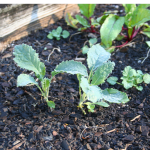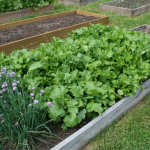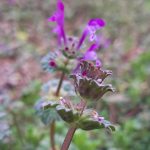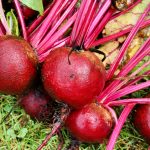This is a simple recipe to teach you how to make calendula hand salve. Calendula is an annual herb known for its skin-soothing properties. The hand salve recipe below takes time and attention to make, but the results are worth it.
Please note: this article contains a few affiliate links which will take you to a product page. I make a small commission from the affiliate sale but this does not increase or affect your price in any way.
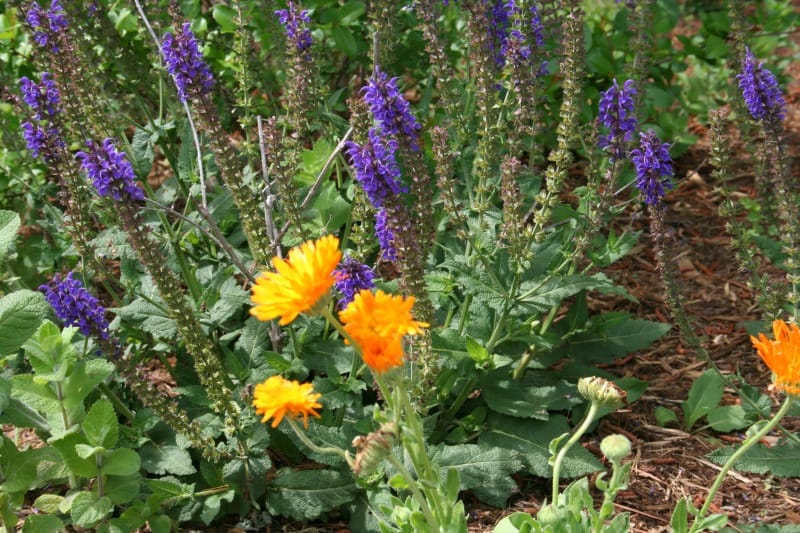
The orange flowers shown here are calendula flowers growing in my garden. I harvested and air dried them last year and used them in this recipe.
Calendula – A Skin Soothing Herb
Calendula officinalis is an annual flowering herb that is easy to grow in most temperate climates. The herb is also known as ‘pot marigold’ although it is now related to the strong-smelling marigold you may know; calendula is in the Asteraceae family, botanically related to asters, while marigold as in the plant family called tagetes and more closely related to the sunflower.
You don’t need to know all of this to use or enjoy the plants, of course, but it is important to understand the botanical differences so that you understand why you can’t simply substitute marigolds for calendula in the recipe, for example.
You can grow calendula yourself or purchase dried calendula flowers from companies such as Mountain Rose Herbs online. Fresh calendula flowers contain more of the skin-soothing oils than dried but both work fine. I used dried flowers from my garden in the recipe.
How to Make Calendula Hand Salve
Start about a week before you wish to actually make the hand salve. You’ll need to make an infused herbal oil first. The herbal oil is then made into the hand salve.
Calendula Infused Oil
To make infused calendula oil, you will need:
- 1 cup of dried calendula flowers
- 1 cup of extra virgin olive oil
- 1 Mason jar with lid
- Water
- Crock Pot or similar (optional) or a sunny windowsill
Pour the herbs into the mason jar, then add enough oil to complete cover the herbs. Screw on the lid tightly and gently shake the jar. Place the jar on a warm, sunny windowsill so that the sun can heat and infuse the oil. Once a day, give the jar a little shake. Be gentle so you don’t accidentally spill the oil.
Alternatively (this is the method that I used) place the jar in a Crock Pot or slow cooker. Add water so that the jar is about half covered. Cook on low, turning the heat off overnight, and keep the oil warm for at least 72 hours.
Make sure the herbs remain in the warmed oil for a week. At the end of the week, uncap the jar and place a large square of cheese cloth over the top of the jar. Use a funnel. Pour the liquid into a glass container, squeezing the cheesecloth to get the last drop of infused oil from the herbs. Compost the herbs, wash the cheesecloth to reuse for another herbal recipe, and retain the oil for the instructions below on making calendula hand salve.
The Calendula Hand Salve Recipe
To make the hand salve, you will need:
- 1 cup of infused calendula oil
- 1/4 cup of beeswax pastilles
- Double boiler to melt the materials together.
- Jar or container for the finished product.
- Optional: essential oils to scent the hand salve. I used lavender essential oil and lemon from Aroma Foundry.
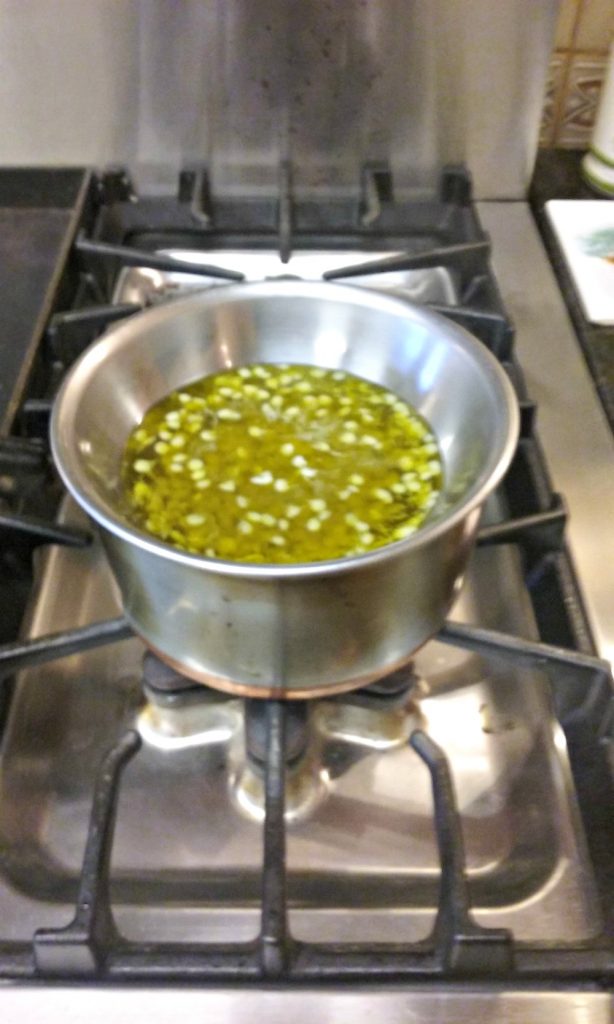
The calendula infused oil is placed in a double boiler with beeswax pastilles and gently stirred until the pastilles melt. Here, you can see the pastilles like white drops in the oil.
Heat water on the stove top and place the double boiler container over the hot water. Add the oil, then stir in the beeswax pastilles until the beeswax is completely melted. Turn off the heat and add the essential oils. For my hand salve, I added about 25 drops of lemon oil and 20 of lavender. You should adjust it to your own preferences.
Use potholders to grasp the pot or container with your melted beeswax and oil, and pour the mixture into the container. Leave it at room temperature to harden. If you prefer a harder mixture, add more beewax during the melting process; for a softer mix, add less beeswax.
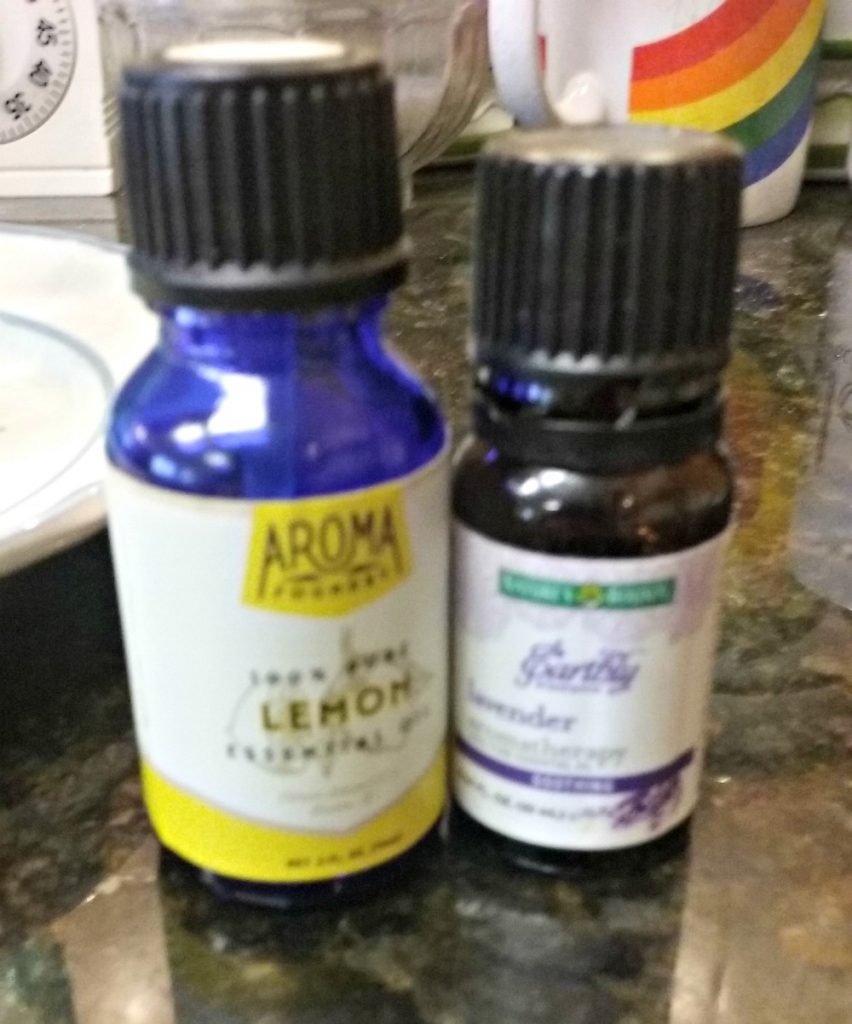
I scented my skincare product with these oils. You can also use the hand salve unscented.
Label your creation so you will know what is in the container. I used a recycled Nivea hand creme container, the small pocket-sized container, for one container of homemade calendula hand salve. That’s in my desk drawer for use on my eczema-prone finger. When I am on a conference call, I just rub a bit of the calendula hand salve on my eczema. In about a week of continuous use, the eczema bumps faded and the skin stopped itching.
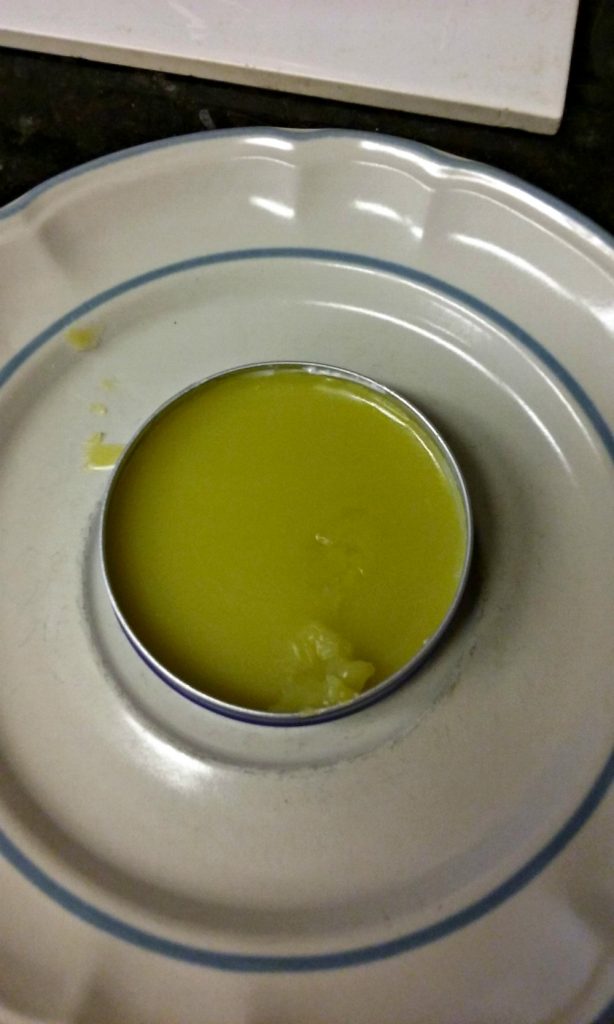
The finished hand salve with a creamy consistency. It’s a little oily when you rub it on but the oils are absorbed in a few minutes.
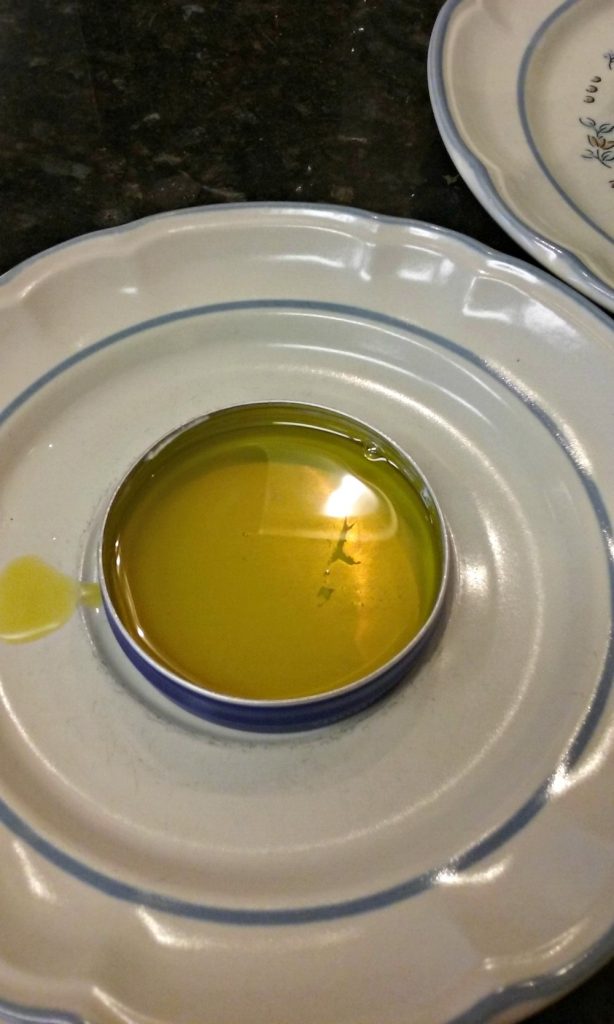
When first poured into the container, the hand salve is a liquid. You can see a spilled drop already hardening on the plate.
The rest of my hand salve I poured into a wide-mouth Mason jar, labeled it, and left it in the bathroom downstairs. We wash out hands after gardening in that bathroom and my hands are always rough and dry after a session pulling weeds. The hand salve is perfect for tired, rough, chapped gardener’s hands.
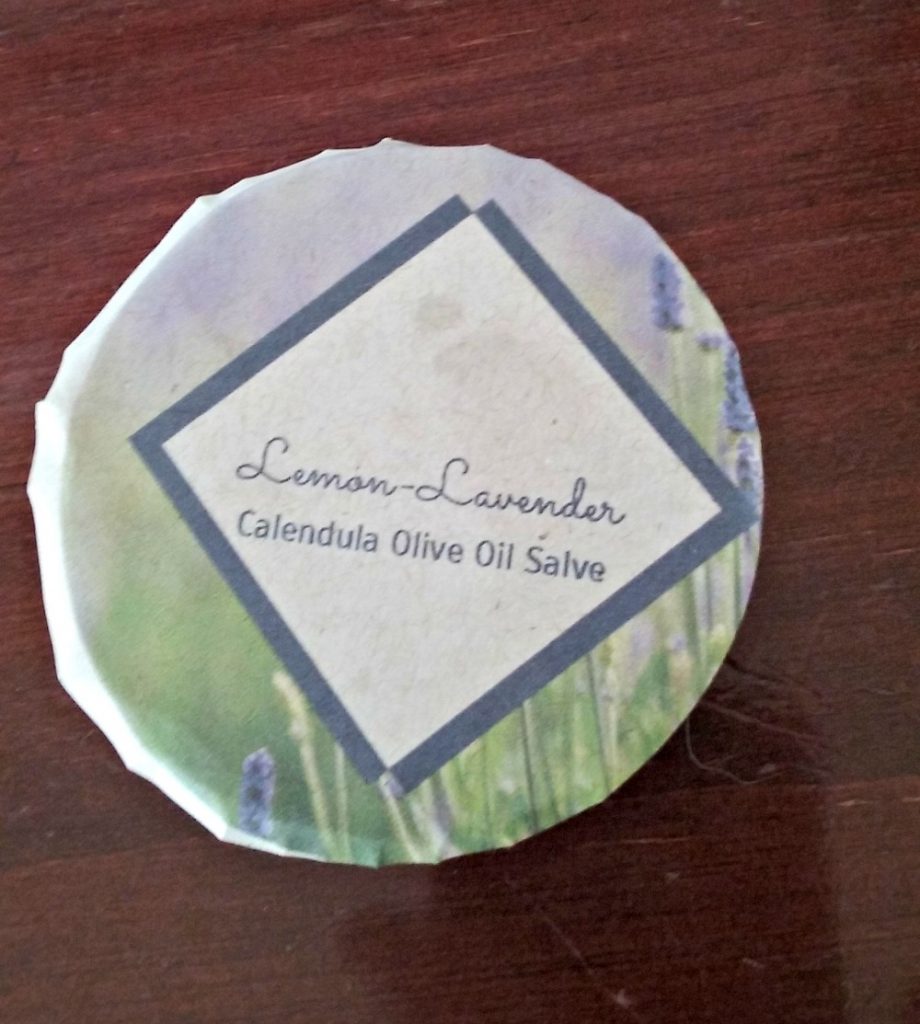
Be sure to label your creation so you know what it is! I use Avery brand labels. They have free templates on their site to make pretty labels like this one.
I hope you enjoyed this recipe of how to make calendula hand salve. This is one great example of an easy to make home recipe using simple herbs and kitchen ingredients. With a little practice, you can fill your home with beautiful, natural, handmade products like this.

